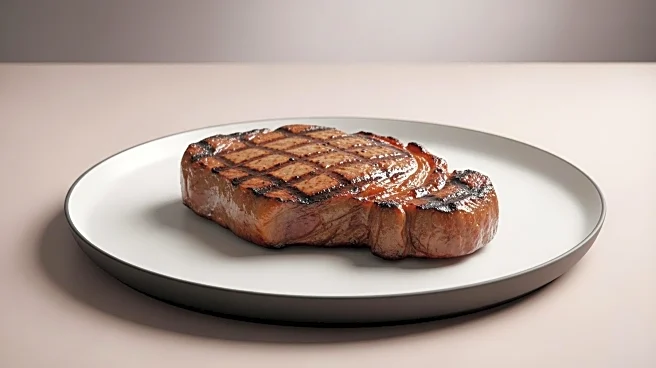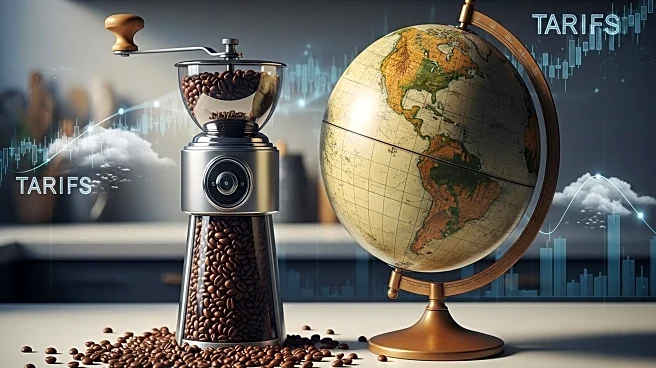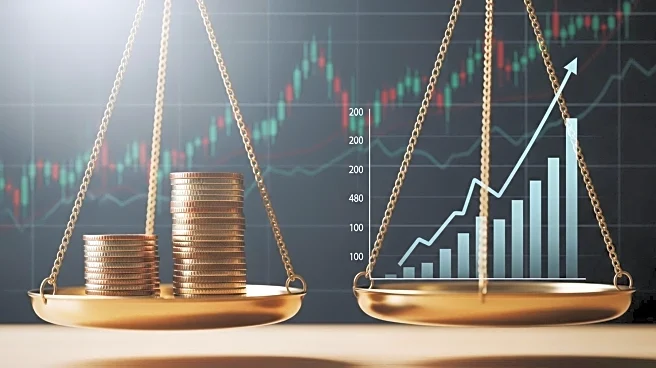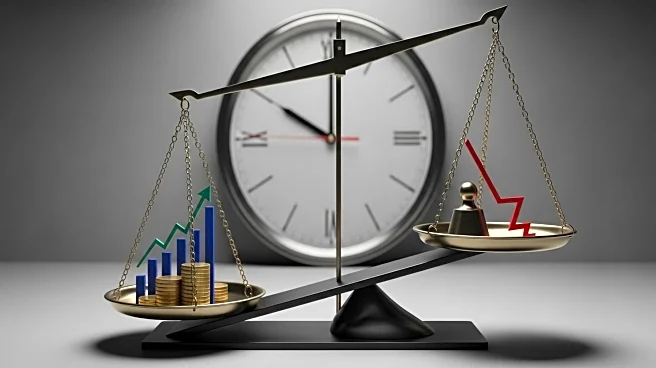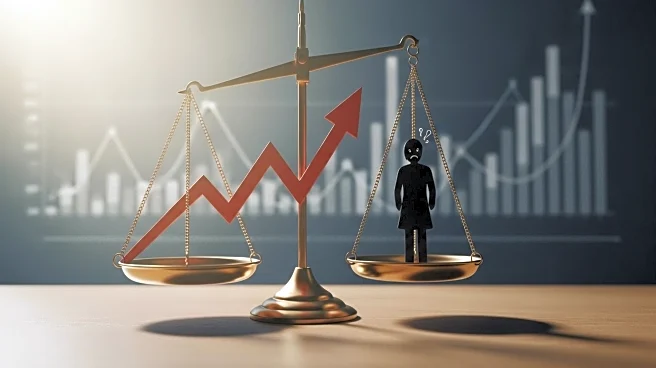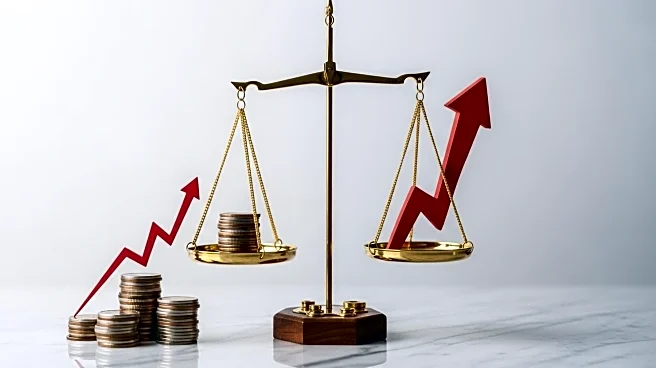What's Happening?
Beef prices in the United States have seen a significant increase, rising by approximately 14% in August 2025 compared to the same month in 2024. This surge is attributed to various factors, including supply chain disruptions and increased demand. The trend has raised concerns among consumers and industry stakeholders about the affordability and accessibility of beef products. The rising costs are affecting grocery bills and restaurant menus, prompting discussions on potential solutions to stabilize prices.
Why It's Important?
The increase in beef prices has broad implications for the U.S. economy and consumer spending. Higher beef costs can lead to increased grocery bills, affecting household budgets and potentially reducing disposable income for other purchases. Restaurants may also face challenges in maintaining menu prices, which could impact their profitability. The agricultural sector might experience shifts in demand, influencing production strategies and market dynamics. Overall, the price surge could contribute to inflationary pressures, affecting economic stability.
What's Next?
Stakeholders, including policymakers and industry leaders, may explore strategies to address the rising beef prices. Potential measures could include enhancing supply chain efficiency, increasing domestic production, or seeking alternative protein sources to mitigate demand pressures. Consumer advocacy groups might push for transparency in pricing and support for affected households. The situation warrants close monitoring to prevent further economic impact and ensure food security.



